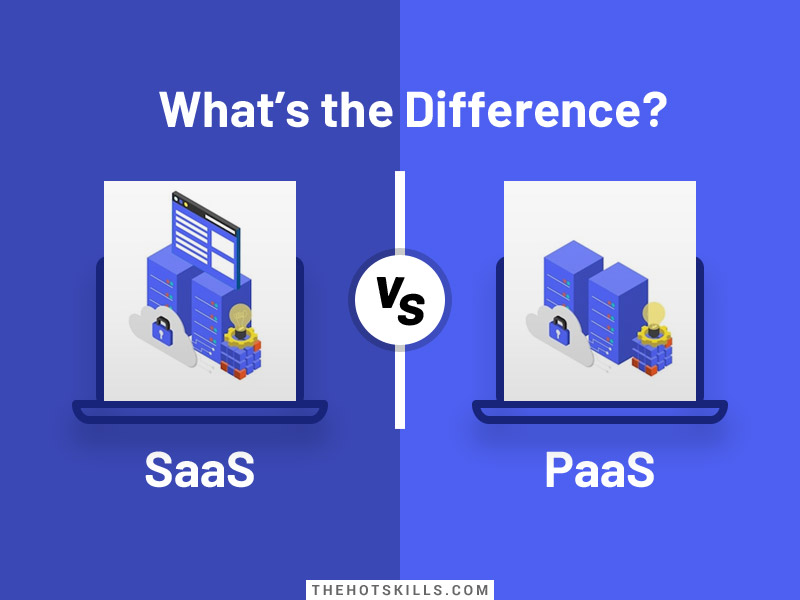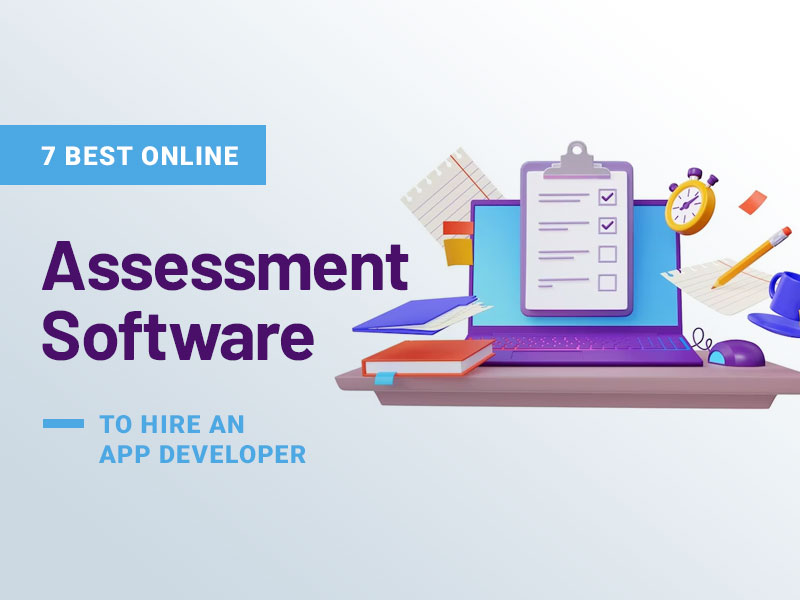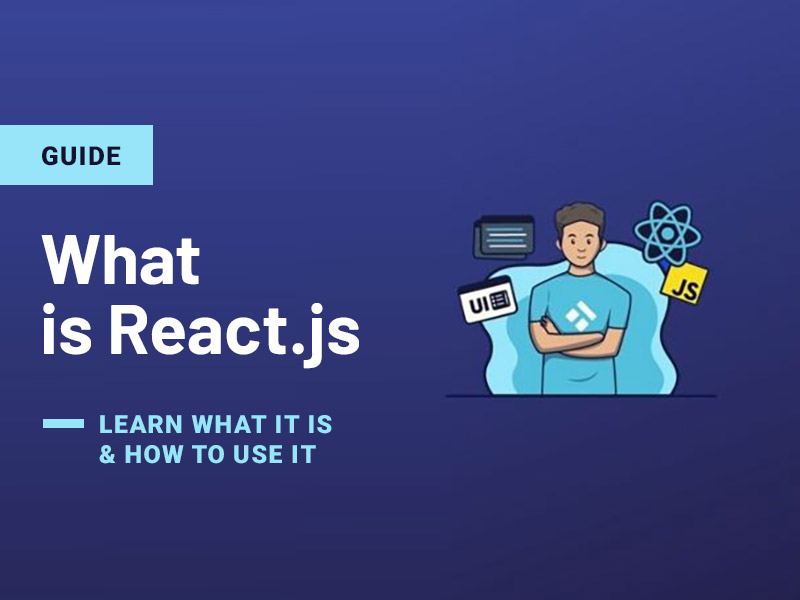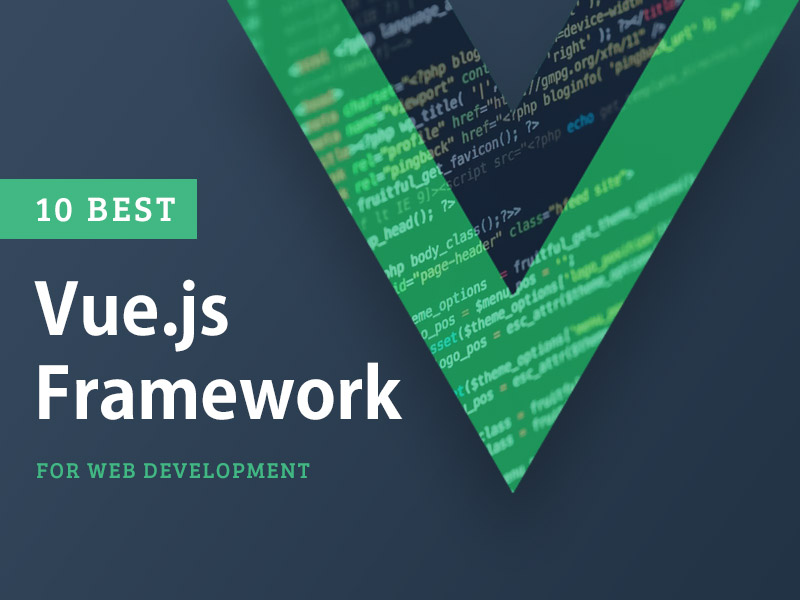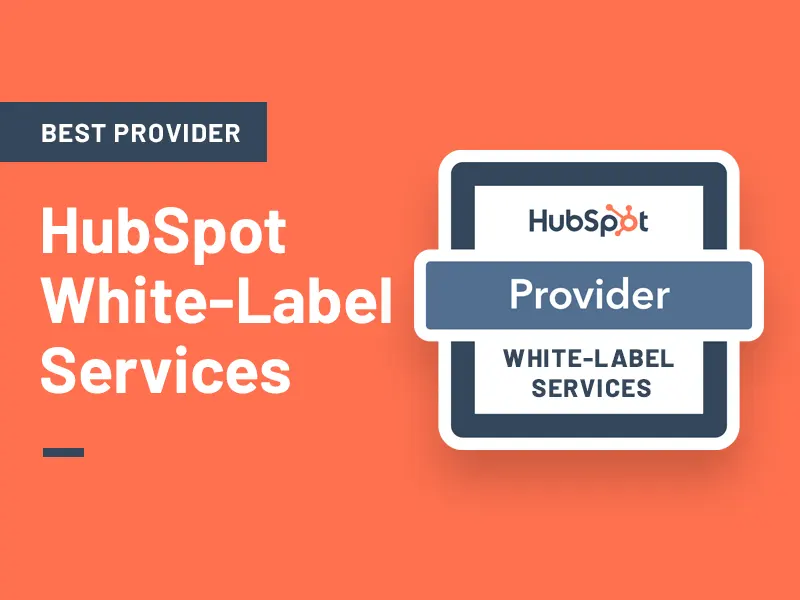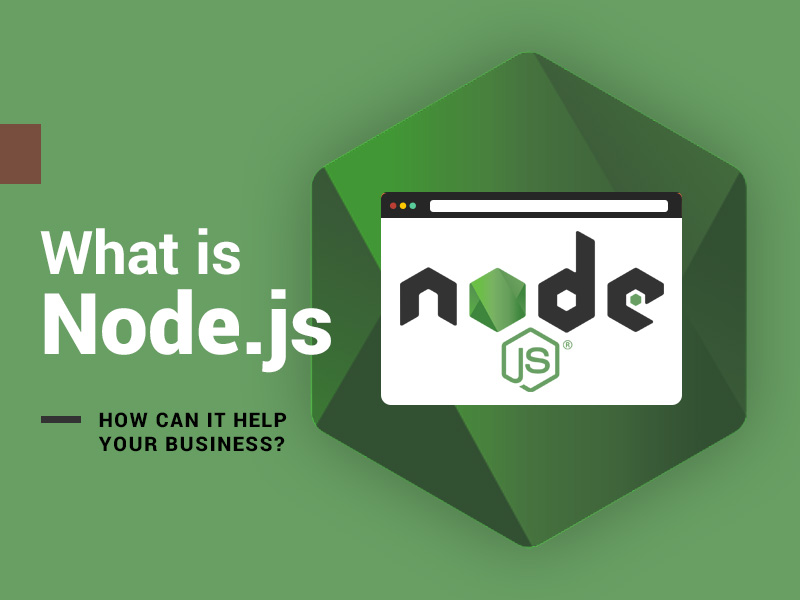Due to the increasing number of cloud computing services and the increasing number of businesses or developers adopting them, traditional on-premise solutions are becoming obsolete. The rise of cloud computing has changed how businesses work. It allows them to access their applications and platforms through the Internet and their online hotspots.
The main types comprising the cloud computing platforms that are available today include PaaS, IaaS, and SaaS. Over the past decade, the worldwide revenue of these platforms has increased significantly.
But before an organization decides to move its operations to the cloud, it should first be aware of the terms and the difference between IaaS vs. PaaS vs. SaaS.
SaaS, Defined + Characteristics
Instead of requiring you to install and maintain software, SaaS enables you to access it over the Internet. This eliminates your need to maintain and manage multiple hardware and software licenses.
SaaS applications are often referred to as web-based, hosted, or on-demand. These are typically run on a provider’s servers. The provider controls the security, performance, and availability of the application.
What Are The Characteristics of SaaS?
A good way to understand the concept of the SaaS model is by referring to a bank. This type of bank provides its customers with secure and reliable services while protecting their privacy.
Unlike other financial institutions, its customers do not have to worry about unauthorized access to their personal information.
PaaS, Defined + Characteristics
PaaS is a cloud-based environment enabling you to develop and deploy applications. It comes with a variety of resources that allow you to build and manage complex applications.
You can access these resources through a pay-as-you-go model, and you can use a secure internet connection.
Through PaaS, you can avoid the complexity of managing the various components of your software stack, such as licenses, middleware, and containers.
Instead, you can focus on developing applications and services. The cloud service provider then manages all of your services and applications.
What Are The Characteristics of PaaS?
One of the most common types of platforms used by organizations is a development framework known as PaaS.
This type of framework lets developers build applications or any software that is designed to run on cloud-based services. Its features include multi-tenant capabilities, high availability, and scalability. This eliminates the need for developers to spend a lot of time coding.
SaaS and PaaS: How To Tell Them Apart?
As mentioned above, PaaS is a type of cloud computing model. It allows third-party providers to provide hardware and software tools.
Developers can use the tools they provide to build web applications or software. The platform is called PAAS. It allows for more complex programming and high-level skills. Software licensing and delivery through the SAAS model are also commonly used.
A third-party application provider provides a service to its customers on the internet. This type of service is known as an application service provider (ASP).
The Main Difference Between PaaS and SaaS
The two terms used for software tools are PaaS and SaaS. The PaaS refers to the software and hardware obtainable on the internet, while the SaaS is the software that third-party providers host.
The main difference between the two platforms is that in PAAS, the data and applications are managed by the app users, while in SaaS, the third party handles the requirements.
In order to build software in SAAS, the user’s contribution is not required. This is because the configuration and setup of the system are done in PAAS.
Let’s get a closer look at their differences:
- In SAAS, the chances of errors are very low. The service providers take the necessary steps to prevent them from happening. In PaaS, the user has to fix the error and run the application.
- The cost of running SaaS includes all the necessary security and compliance measures and all the required maintenance and repairs. On the other hand, PaaS is hosted anywhere in the system and managed through a remote server.
- The performance of the language’s constructs is attributed to its persistent data structures and transactional memory. Unlike SAAS, which relies on either IaaS or PaaS for its platform, PaaS does not use other services.
- While a third party can maintain an application in SaaS, it is more time-consuming in PaaS. This is due to the multiple services management involved in maintaining and using applications.
Saas vs PaaS vs IaaS
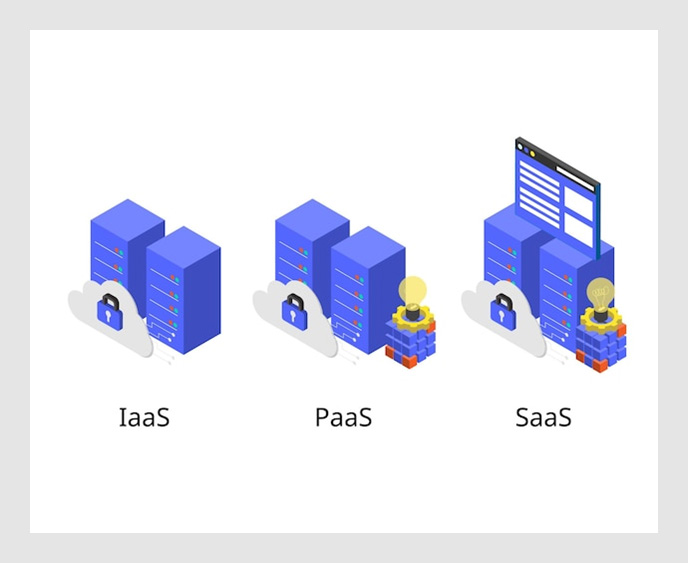
Through PaaS, businesses, and software developers can build, deploy, and manage consumer-facing apps. The providers will then host the software and hardware on their own infrastructure and deliver this to their users as an integrated solution. This eliminates the need for developers to manage multiple platforms and allows them to focus on their core business.
Although businesses can build and manage their own apps, they will still need to manage their data. With PaaS, they can get the flexibility they need to meet their customers’ needs.
On the other hand, SaaS is the most comprehensive cloud computing service. It allows a vendor to deliver an entire application to a user through a web browser. The vendor then manages all the details, including the software updates and bug fixes. Customers don’t need to install anything; they can access the app through an API or dashboard.
Furthermore, IaaS provides the same capabilities and technologies as a traditional data center. However, customers still have to manage their own applications and data. This type of cloud computing is more practical for small and medium-sized businesses as it allows them to build their own tech stack.
Conclusion
Based on the cloud computing service that the developer uses, they can select the one that fits best for them. For those with little knowledge about system administration, it is better to use SaaS instead as it is more straightforward.
However, before choosing any service, regardless of its type, it is important to ensure that you, as a developer, have the necessary skills and knowledge to develop software so you won’t encounter major issues along the process.
